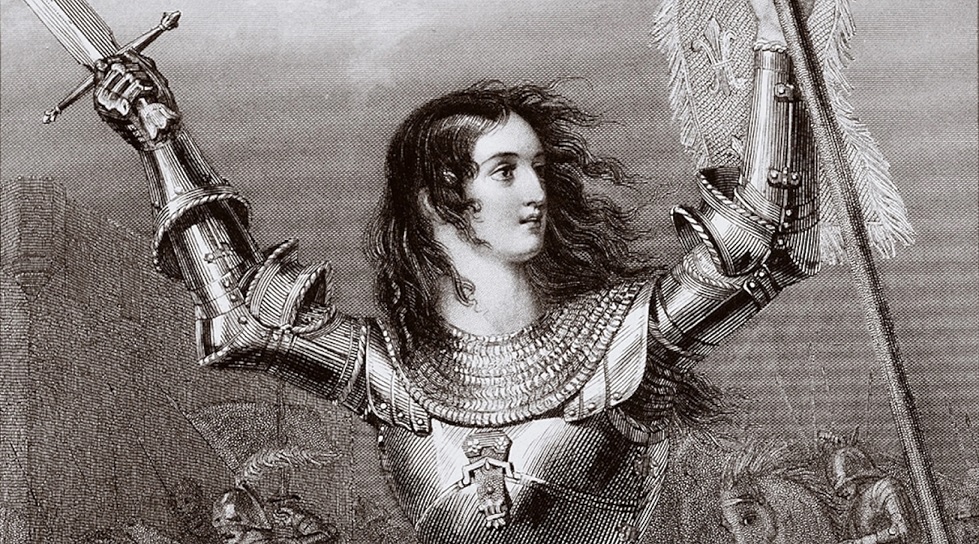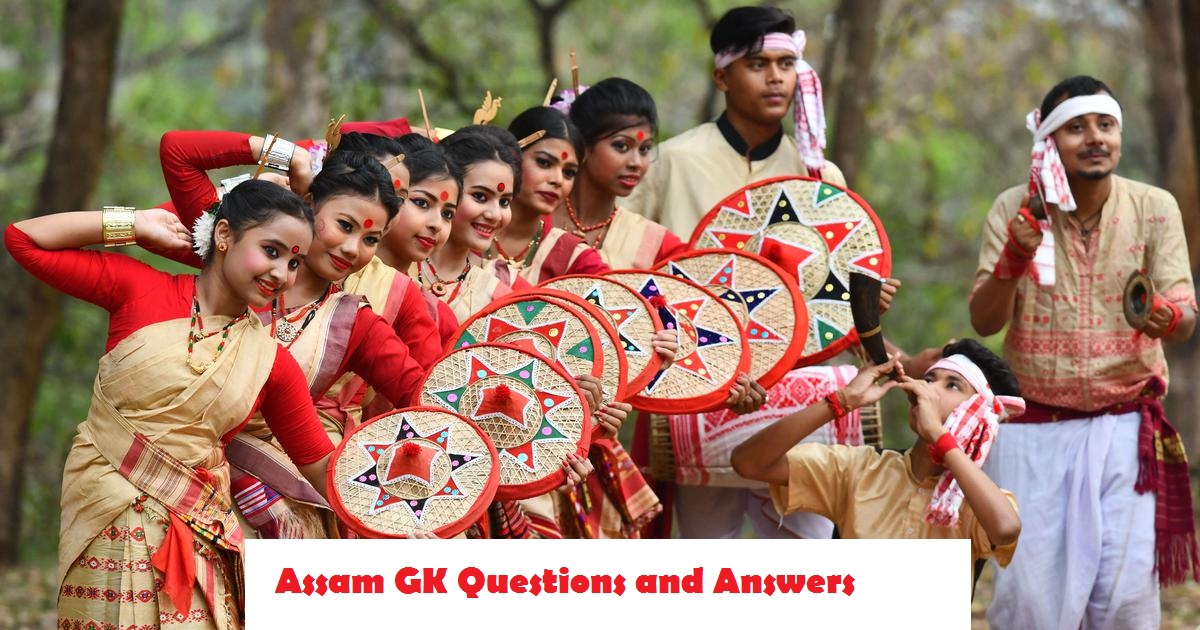List of Top 10 Female Warriors In World History

A woman, be it a mother, a daughter, a wife, or a sister has always been a source of inspiration and empowerment in society. She plays a number of different roles with strength, elegance, and is capable of bringing a life into this world.
The brave women in our history did this and so much more. They broke the stereotypes and stood strong with their brothers in the battle, prepared to take on any kind of challenge. Needless to say, these courageous women have made their mark on world history. Today we shall acknowledge the contribution of these great women and learn more about them.
List of top 10 Female Warriors in World History
| Sr.no | Name |
| 1 | Joan of Arc |
| 2 | Nakano Takeko |
| 3 | Rani Lakshmibai |
| 4 | Queen Boudicca |
| 5 | Zenobia |
| 6 | Artemisia I of Caria |
| 7 | Tomoe Gozen |
| 8 | khutulun |
| 9 | Grace O’ Malley |
| 10 | Fu Hao |
Let’s take a closer look at the lives of these brave women.
JOAN OF ARC:
She was not just a vigilant woman but also a saint in the roman catholic church. Being born in a peasant family did not affect her determination whatsoever. Under the influence of Archangel Michael, Saint Catherine, and Saint Margaret, she traveled to Vaucouleurs at the age of 17 to support Charles VII of France against the English reign.
Joan soon became a part of a relief army and gained prominence for lifting the siege just nine days after arriving in Orleans. She was said to have an unusual ability to get certain things done like assembling the army and arranging the disposition of the troops.
The presence of Joan gave the French army the inspiration they needed during the Anglo-French war. Joan was executed at the age of 19 for public heresy, but she already became a symbol for France and an important woman whose leadership restored the French kingdom.
NAKANO TAKEKO:
Takeko was one of the only known female samurais in Japan. She was trained in martial arts, literary arts, and calligraphy for a whole decade. She is believed to be inspired by the stories of female warriors that came before her, especially the legendary woman Tomoe Gozen has a deep effect on her.
Nakano took part in battles during the time of the Boshin war and was a leader of the Joshitai army at the age of 21. In the Nashibata area, Nakano charged against the Japanese Imperial Army, who were considered to be in shock after realizing the enemy warriors were females. Their hesitation ordered the troops to not kill them which gave Nakano’s army a headstart. All those brave women fought courageously before Nakano took a rifle shot to the chest.
Afraid of the enemies taking possession of her body and doing unspeakable things to it, Nakano insisted her sister Yuko behead her and give her a proper burial. Her corpse was moved near the Hokai temple and buried under a pine tree.
RANI LAKSHMIBAI:
Lakshmibai, more popularly known as Rani of Jhansi throughout history, was the queen of the princely state of Jhansi. She is indeed one of the most crucial figures during the Indian rebellion of 1857 against the reign of the British empire. Even with her small troop during the 1857 war, she was able to protect Jhansi for seven days from the British. General Smith and Major Rules marched to Gwalior with their army a few days later and challenged the queen with full force.
The devotion of the queen towards her motherland gave inspiration to many people to keep fighting against injustice. After a ferocious battle, being badly wounded and shot by a British officer, the Rani died on 18 June 1858. She told a local hermit to burn her body so the enemies could not possess it. The queen guarded the pride of Jhansi until her last breath.
QUEEN BOUDICCA:
The British folk hero, Boudicca was the queen of the Iceni tribe. Boudicca’s husband Prasutagus ruled as a sovereign ally of Rome. His will insisted on dividing his property between his two daughters and the Roman Emperor. However, after his death, completely sidelining Prasutagus’s will, Rome not only captured his kingdom but also had badly beaten Boudicca and also raped their two daughters.
Emotionally devastated by this betrayal, Boudicca united her tribe to kick Rome out of their homeland. With a large army in her support, they revolted against the Roman Reign and killed approximately 70,000 to 80,000 Romans and Britons in three cities. Being fairly outnumbered in this crisis, Nero considered withdrawing all Roman forces from Britain.
However, a Roman defeat of Boudicca’s forces changed the course of the game. Nobody knows the fate of Boudicca to date but her bronze statue called Boadicea and Her Daughters is placed at Westminster bridge in London to remember her.
ZENOBIA:
Zenobia became the ruler of the Palmyrene Empire after the assassination of her husband and stepson in 267. She was battling the advances of Rome and expanding her kingdom within 2 years of her ascent. Even though she was a marvelous rider, she also walked many miles with her foot soldiers, proving once again that she was truly their warrior queen. She is also said to be lenient with her subjects and took care of the religious minorities.
Her position and work as a ruler were courageous but brief. Some historians believe she died in Rome through either illness or beheading. Different versions of her fate exist but no one truly knows what happened.
Although it does not change the fact that she did not turn her back in face of adversities and was a real caring queen towards her subjects.
ARTEMISIA I OF CARIA
Artemisia was the 5th century BCE queen of Halicarnassus and was named after the Goddess Artemis. She was the only Xerxes’ naval commander to earn the king’s praise for her leadership during his fleet’s defeat at the Battle of Salamis by the Greeks. All his naval commanders had advised him to fight a naval battle, except Artemisia, which later turned out to be useful. Xerxes was pleased with this. He already respected Artemisia as a soldier and now praised her even more.
She made a remarkable mark in history during the Battle of Salamis when she charged against another Persian ship, leading the Greeks to believe that she was one of them and it worked.
Artemisia is said to have fallen in love with a man but her love was not reciprocated. To cure herself of the passion for love, she leaped from the rock of Leucas and fell to her death. She was buried near that same spot.
TOMOE GOZEN
She was a mythical onna-musha of Japanese history. She’s said to be a part of the conflict that led to the first shogunate. She also served Minamoto no Yoshinaka during the war of Genpei.
Tomoe has been especially praised for her remarkably strong archery and was said to be a swordswoman worth a thousand others, ready to take on any challenge that was thrown in her way. She was an extraordinary rider and easily made her way through perilous paths.
Tomoe’s story in the Tale of the Heike is said to have influenced many generations of samurais and she is often celebrated in books, poems, music, films, and culture overall.
KHUTULUN:
She was a Mongolian noblewoman and a wrestler, who is known to be the great-great-granddaughter of Genghis Khan. Her status emerged from her power and strength as she was a wrestler who dominated the wrestling ring and no one could take her down. She was also a remarkable archer and horsewoman.
Every single man that entered the wrestling ring, could not last very long in front of Khutulun. The wrestler princess gained fame from her triumphs in wrestling competitions and enjoyed similar success on the battlefield in defending the steppes of western Mongolia alongside her father. Her battlefield persona was explained as a soldier who would grab the enemies as deftly as a hawk pounces on a bird, and carried them to her father.
GRACE O’ MALLEY:
She was the head of the O Maille dynasty in the west of Ireland. Malley is known as a historical figure in the 16th century, in most Irish folklores and the popular culture often refers to her as “The Pirate Queen”.
After her father’s demise, she took over the leadership of land and sea even though she had a brother. It is said that her mother refused to allow Grace to sail with her father because her long luscious hair would be ruined, Grace swiftly cut off her locks and promptly joined her father on the voyage. Bold might be an understatement for O Malley as she reigned over the Umaill Kingdom, being the chieftain after her father.
FU HAO:
Fu Hao not only served as a military general but also a high priestess. As a military general, she was responsible for conquering the enemies and neighbors of the Shang dynasty. The Tu-Fang had been fighting against them for generations until Fu Hao swooped in and defeated them in a single battle. She is said to be one of the most powerful Shang generals of her time with over 13,000 soldiers and important generals serving under her.
Archaeologists later unearthed Fu Hao’s tomb in Anyang, China, in 1976 and found about her military rank and prowess. More than 100 weapons were found in her tomb, confirming her high-ranking military status. Her tomb also contained numerous ornamental objects and bronze, jade, bone vessels as well as the remains of slaves buried along with her to serve her in the afterlife.













